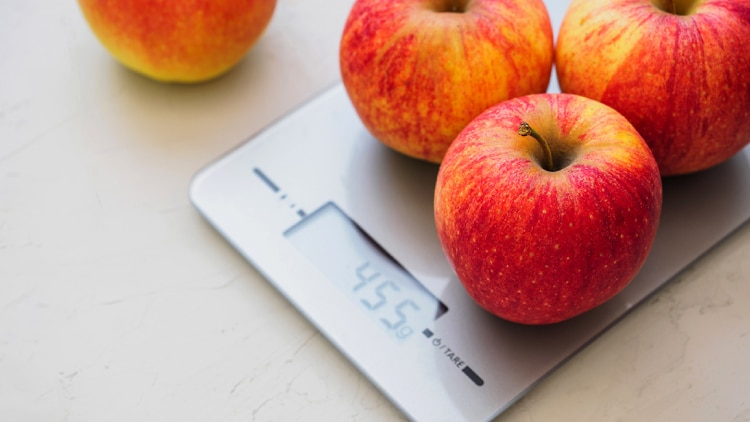

2025 Popular Kitchen Scale Shopping Guide & Recommendation
Feel like making something tasty in the kitchen or useful for your home? Bread, handcrafted coffee or even DIY soap are good choices! But when it comes to making any of these, you need to be precise in terms of the ingredients and that means you need a reliable electronic scale. However, everyone’s needs differ so what kind of scale is right for you? Here's a guide to help you choose from a selection of kitchen scales from Tanita and KENWOOD.
Tips for choosing an electronic kitchen scale
1. Maximum load
There is a limit to an electronic scale’s load capacity. Although you need to make sure the weight of the containers and ingredients don’t exceed the limit, you don't need a scale with the highest load capacity. Normally a 2kg/2000g model is sufficient for everyday cooking or baking needs.
2. Micro display
A micro display refers to the smallest unit that can be displayed on a kitchen electronic scale. Models currently available are in single digit or decimal units. If you are planning to use your kitchen scale for baking or artisan coffee for example, choose a model that displays at least 0.1g for more accurate results.
3. Zeroing
Zeroing is one of the most convenient features of a kitchen scale. Once you have set down the container with ingredients, press zero and the weight of the container will be deducted with only the weight of the ingredients displayed. There is no need to measure different containers. Simply press zero again to measure the weight of other ingredients directly without having to add or do the subtraction yourself.
4. Easy to clean
An electronic kitchen scale inevitably gets dirty so how easy it is to clean is important. In the past, most electronic kitchen scales could not be cleaned directly, but instead were covered with detachable and non-slip lids or covers. Or you can simply choose a scale with an easy-to-clean surface, such as glass or stainless steel. Even if it is not possible to clean the body of the scale directly, at least it can be wiped clean.

